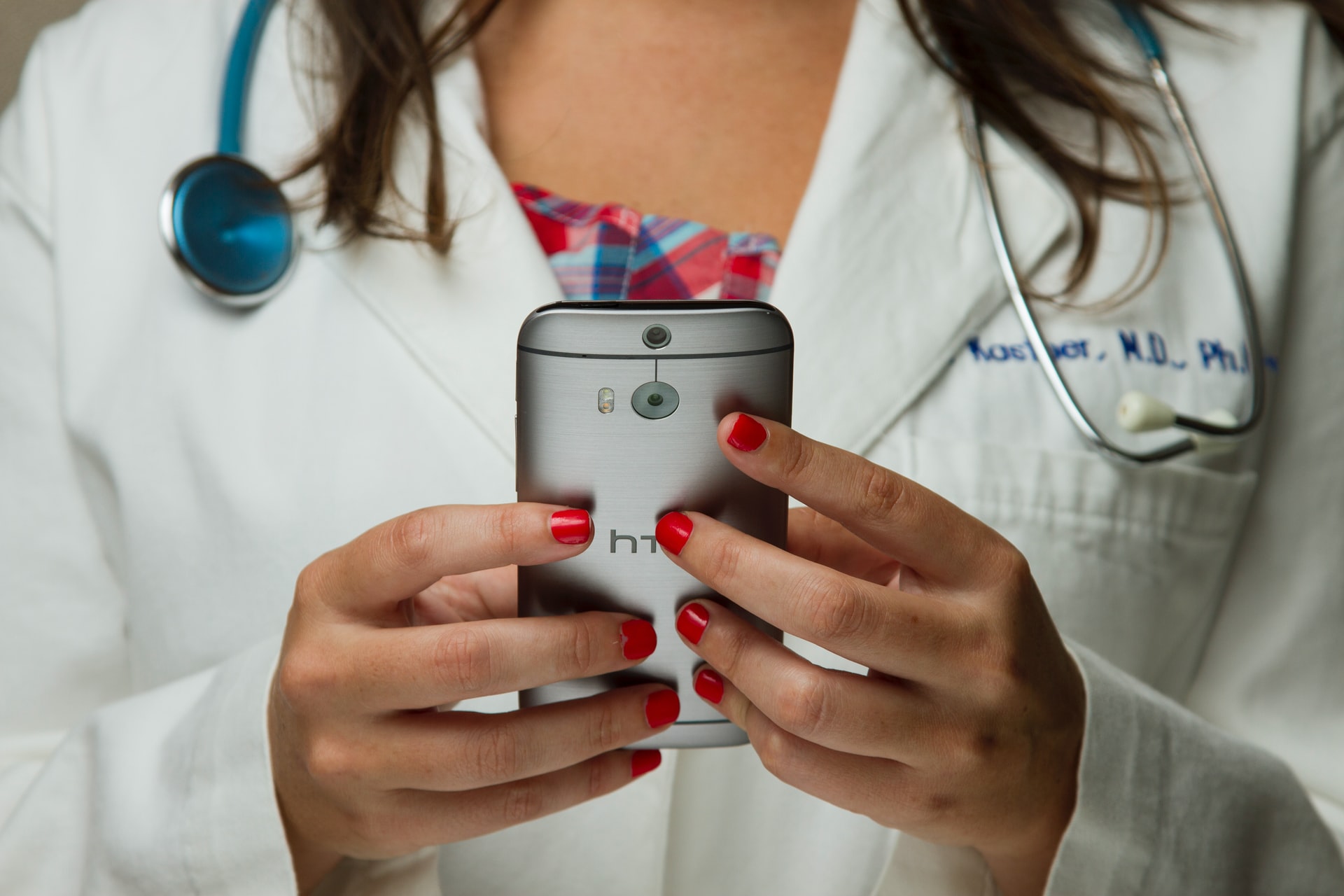Within the mobile app development industry, a popular—though often undervalued—category is health. Specifically, this refers to fitness-based and health-related apps. Mobile health apps are most commonly called mHealth apps and can center around exercise, workout progress, healthcare information, calorie intake management, and so on.
Developing a mHealth app requires attention to:
- User base and purpose
Have a clear plan for what kind of users might download the app and what they will get from it. Identify its main purpose before beginning development to have a better understanding of what the app should look like and how it functions.
- Data protection and privacy
For an app that will contain sensitive information, the app must be safe and secure. Data protection and privacy are crucial for mHealth apps. Research the appropriate laws and regulations regarding mHealth app development and how it should protect the users’ data.
6 Tips for mHealth App Development
- Make the app pleasing and attractive.
Unless the intent for the app is to have a professional appearance, the app should be colorful and lively. Give it a pleasing appearance with colors that complement one another. One such design focus should be on the app’s logo. It needs to stand out among the over 300,000 mHealth apps currently out there.
- Navigation should be simple.
Users often get frustrated with apps that are complicated or take them to several pages before they reach their destination. Keep navigation simple and clear throughout the app. Minimalism for login and signup pages are recommended as well. Apps asking for a lot of information may make users feel uncomfortable. If a user feels either uncomfortable or frustrated, they are much more likely to uninstall the app.
- Stick to the app’s purpose.
The app should serve one central purpose. If it tries to encompass too many things, the app will lose that purpose and thus, lose the user. mHealth apps are also designed to provide and/or request information. For many, this is their purpose with regard to calorie counting apps, self-help or journaling apps, medication recording apps, and so on.
- Allow for data to be collected and displayed.
Many mHealth apps keep track of records entered by the user or through an electronic system from, for example, a hospital. Users need to be able to have that data collected and displayed in a variety of formats.
- Limit the number of screens.
Similar to keeping navigation simple, the number of screens a user is taken to should be kept to a minimum. Additionally, those screens need to be clear and easily understandable to prevent confusion.
- Make sure data is ALWAYS secure.
Data protection and privacy is perhaps the most important element of an mHealth app. Users are trusting these apps to secure their data and information as well. Firewalls or other safety measures should be in place to prevent the app from being hacked. If it ever is, lawsuits, identity theft, and other dangers are possible.

